In the next week, I’ll be analyzing some self-organizing systems and diagramming them to distill the relationships that could be extended to a script-based design process.
Transcription Factors, Genes and Protein Production
The following is paraphrased from An Introduction to Systems Biology by Uri Alon, Taylor & Francis, London, 2007
Cells live in a complex environment and can sense many different signals including physical parameters, such as temperature and barometric pressure, biological signalling, molecules from other cells, beneficial nutrients and harmful chemicals. Cells respond to these signals by producing the appropriate proteins to act on the internal and external environment.
Transcription factors
Transcription factors are special proteins designed to change rapidly between active and inactive molecular states . When active, they bind directly to DNA to regulate where, and how it is read (transcribed). Genes (DNA) are transcribed into mRNA which is then translated into proteins which can act on the environment. The new proteins act on the environment by forming new tissue, or sending biological signals which are picked up by other transcription factors.
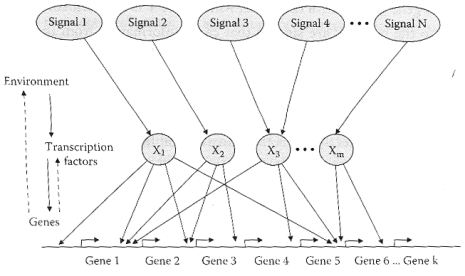
from An Introduction to Systems Biology
Since they are tuned to respond to pre-set combinations of environmental signals, Transcription Factors are essentially symbolic representations of the various environmental states that the cell might find itself in. Evolution has selected internal representations that symbolize states that are most important for cell survival and growth. These transcription factors regulate their their target genes to mobilize the appropriate protein response to each combination of symbolic states.
Transcription Networks
Transcription networks are formed of transcription factors acting on their target genes as well as looped reactions: transcription factors acting on each other. There are two types of loops: feed-back and feed-forward (see diagram below). Feed back loops happen when the proteins produced by the gene (Z below) act on transcription factors (Y below), which in turn act on other transcription factors (X below), which act on the initial gene. Feed-Forward Loops happen when a transcription factor (X below) acts on both other transcription factors (Y) and 1 or more genes (Z). In the network diagram below, a representation of roughly 1/3 of the transcription network happening inside e-coli bacteria, arrows represent lines of effect.
from An Introduction to Systems Biology
Transcription factors and Turing Patterns
Transcription factors can act on genes as either activators or inhibitors, increasing production of a given protein or decreasing it. Here, they share a commonality with Alan Turing’s theory of mathematical biology and morphogenesis, which depend on the conflicting action of chemical activators and inhibitors in a reaction-diffusion system. All this means that biological systems form patterns based on chemicals that both cause and repress change. The patterns depend on how fast those chemicals diffuse through the system, and how fast they degrade. Examples of simple Turing patterns include the spots on a leopard or the computer generated patterns below, it is theorized that tuned properly, Turing patterns could yeild any shape or form.

2D and 3D Turing Patterns
from Computational Studies of Pattern Formation in Turing Systems, by Teemu Leppänen, a publication of the Helsinki University of Technology Laboratory of Computational Engineering
Relevance to This Study
The diagram below shows a simplified distillation of the feed back and feed-forward loops in cell transcription networks. Transccription factors recognize combinations of pre-set environmental states and release the appropriate chemical signals, as well as influencing genes to make new proteins. Chemical signals as well as new proteins act on yet other transcription factors and the loop continues.

If we replace the environmental factors above (specific to living cells) with the “environmental” factors that could be specific to parts of a building, then we get a similar diagram (below). In this case “environmental” simply means qualities of other parts found in the immediate vicinity.
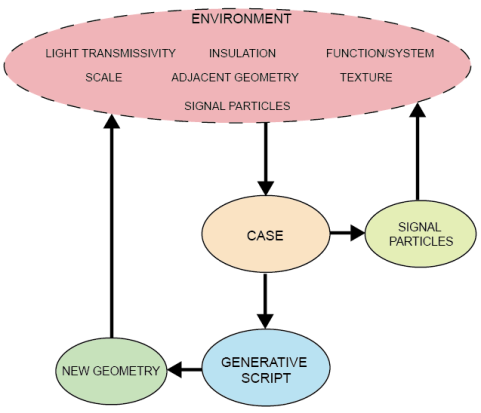
In the above diagram, “transcription factor” has also been replaced by “case”: scripting jargon for a symbolic representation of predetermined conditional factors. “Gene” has been replaced by “generative script”: the part of the code that creates new geometry in the same way that genes create new proteins. “Signal molecules” have been replaced by “signal particles” or points with data attached to them that can influence the case.
My hope is that a script that is based on the above diagram can combine the bottom-up design process exhibited in the cellular automata script (see previous post) with a new top-down process for more direct control over some aspects of the design.
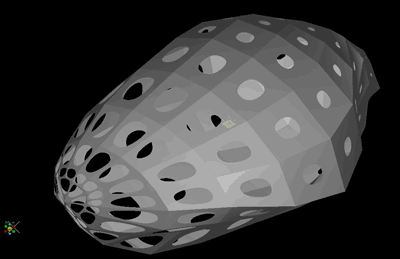
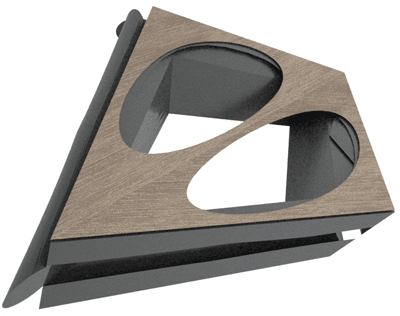




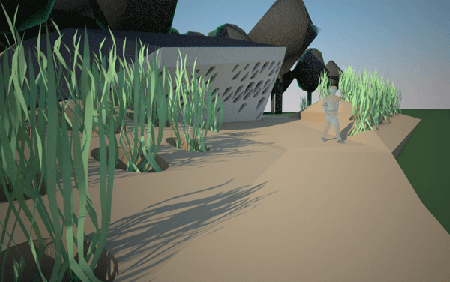
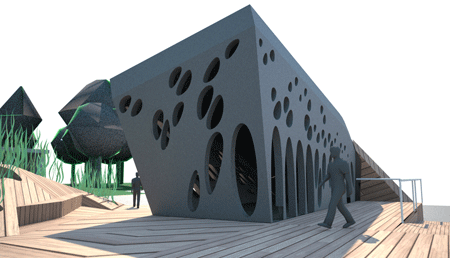
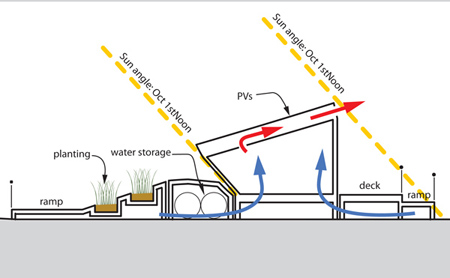
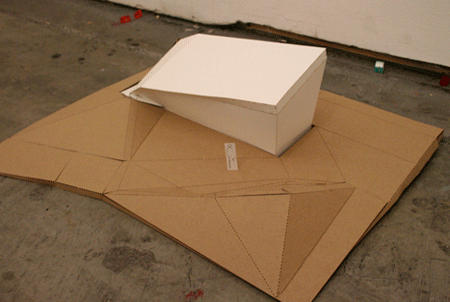
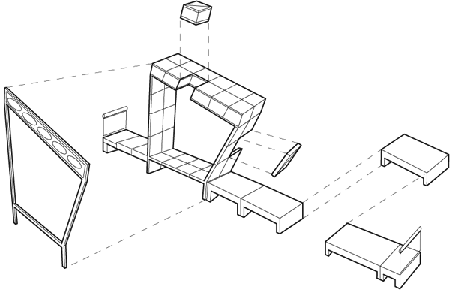
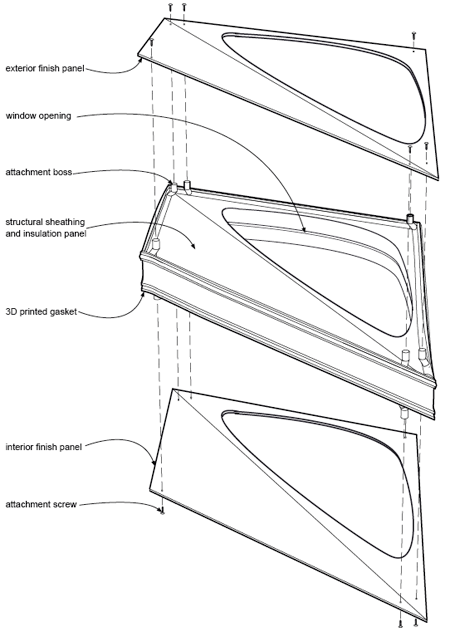
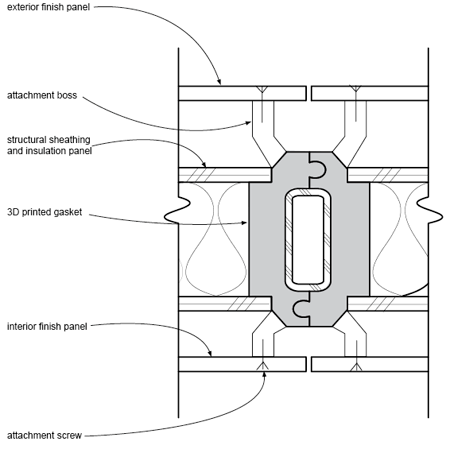

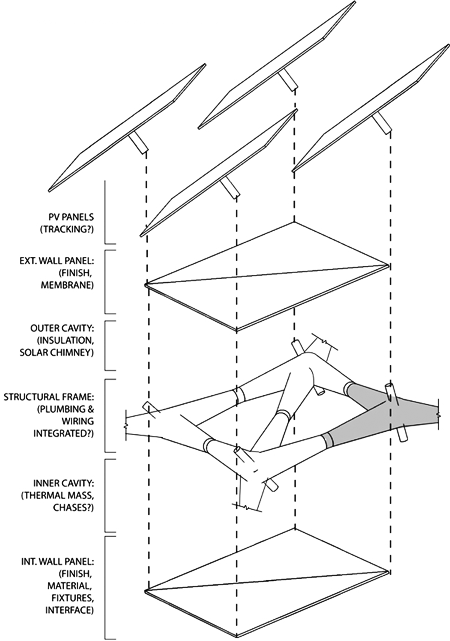
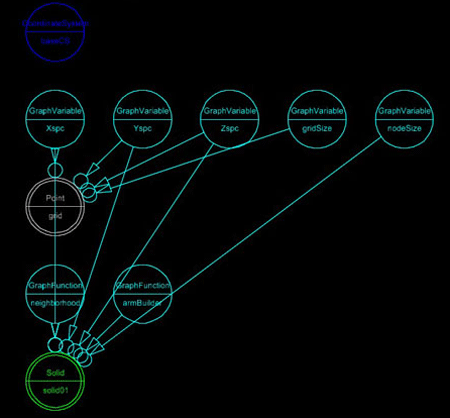
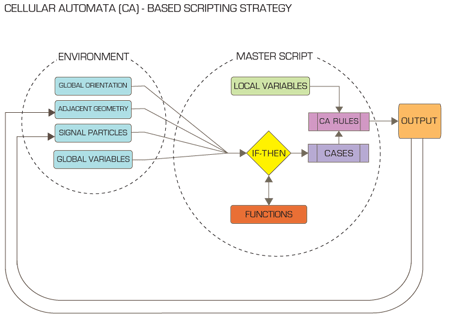
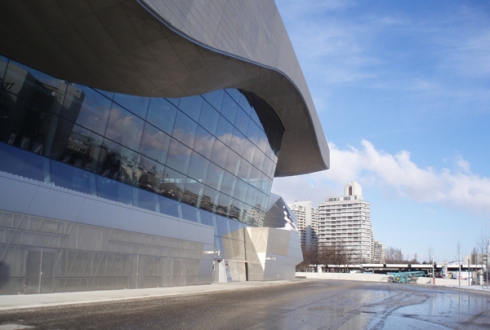
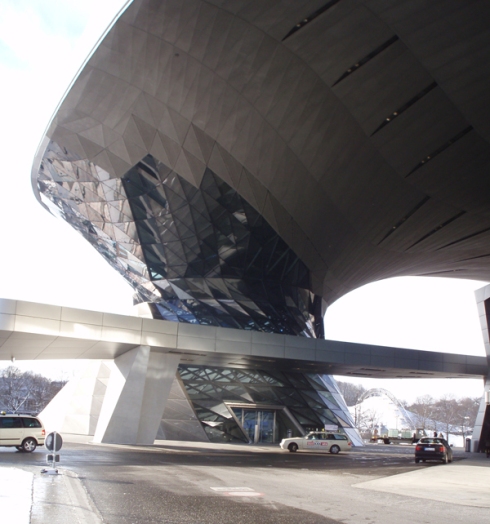
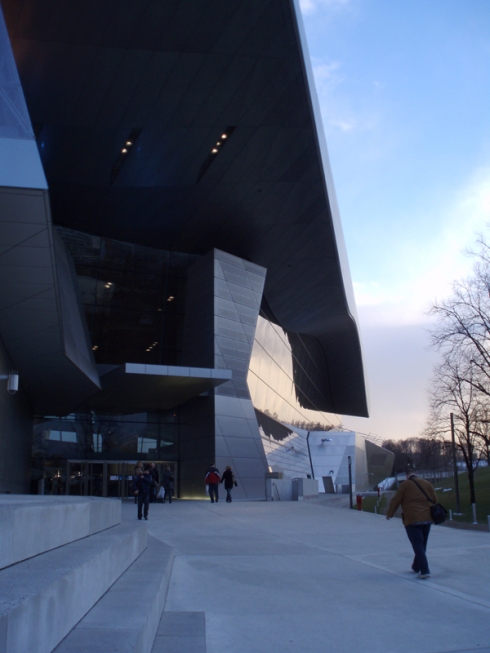

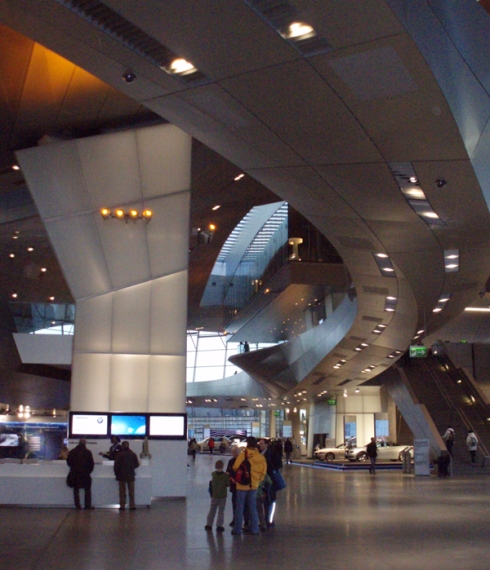

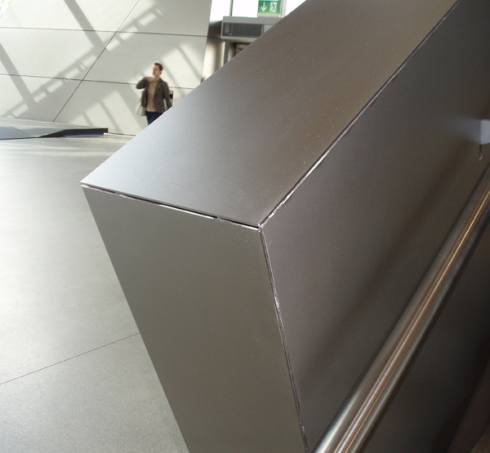

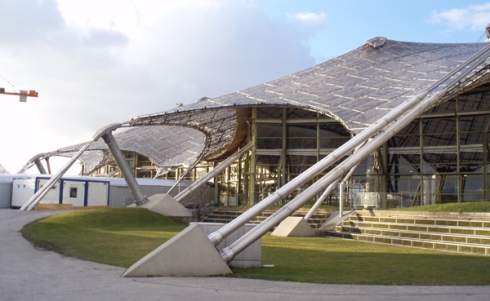
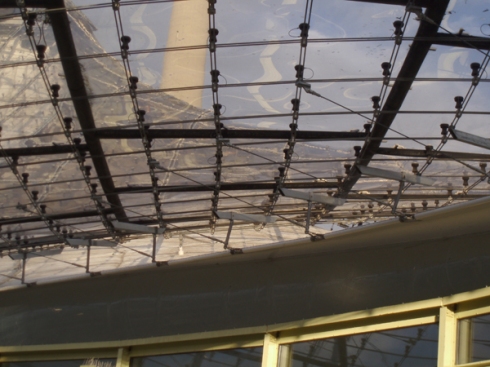
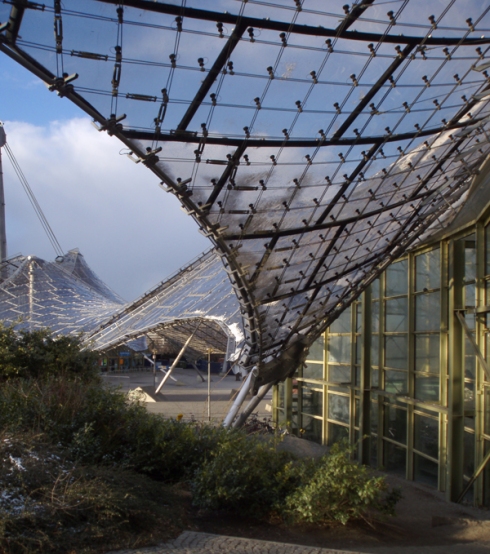

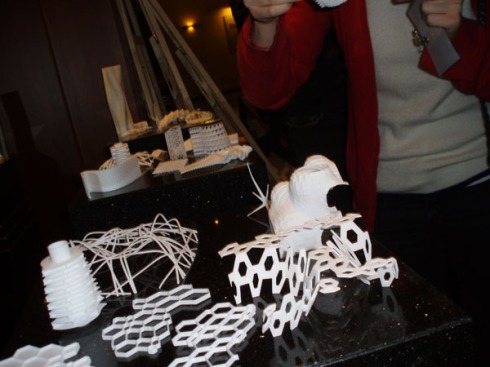
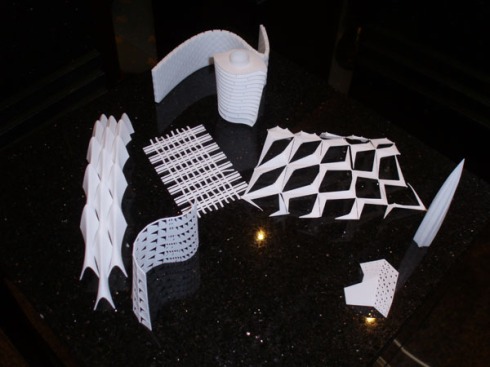
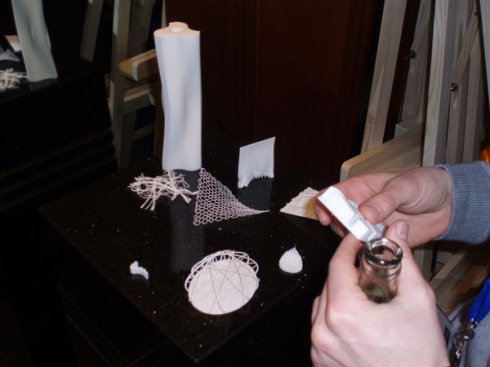

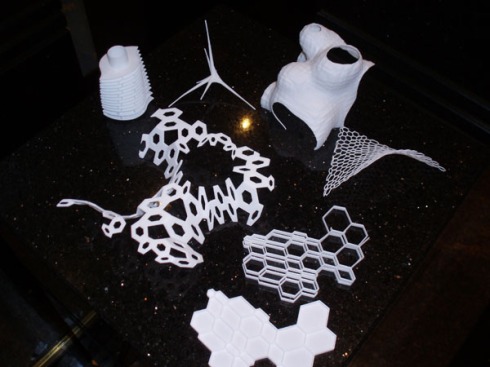
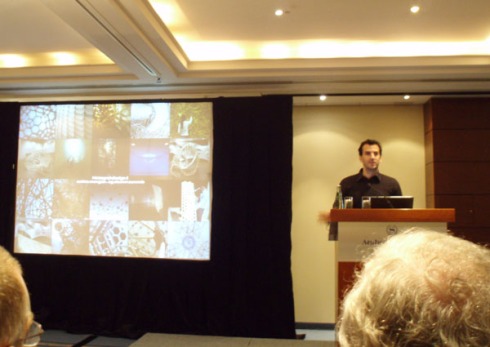
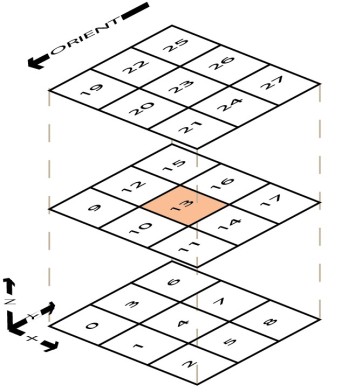
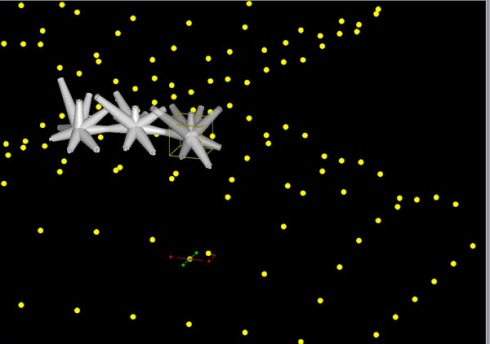
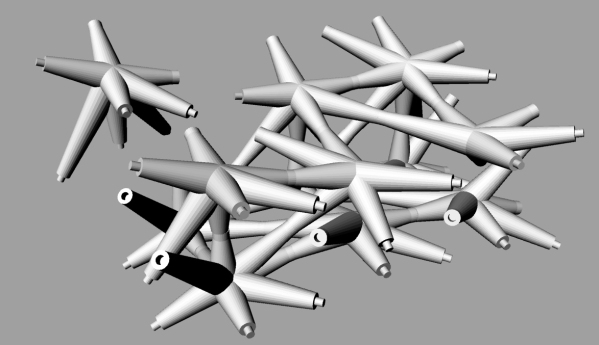
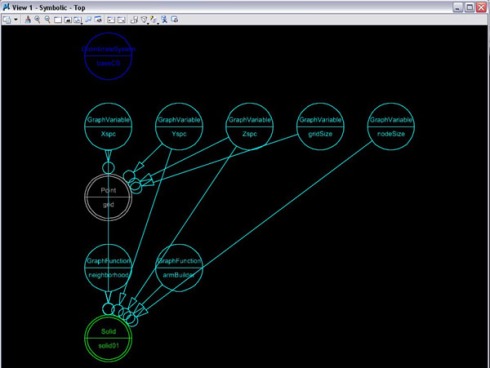
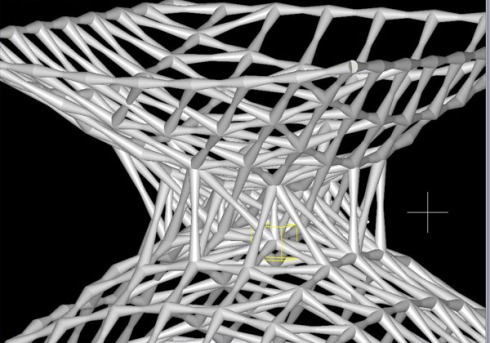
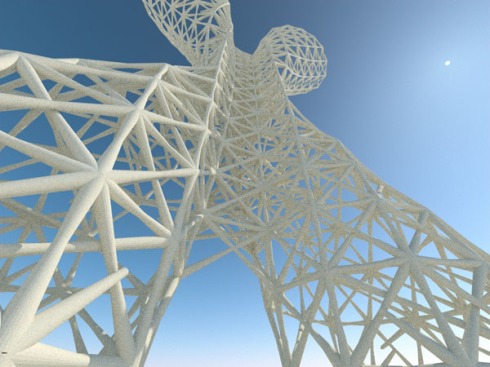
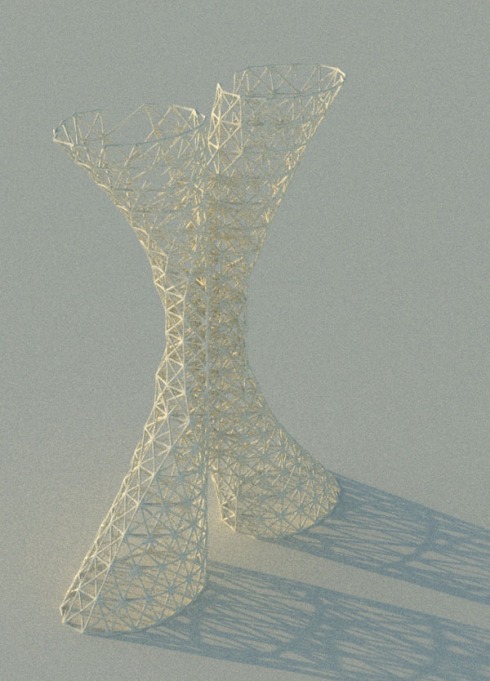




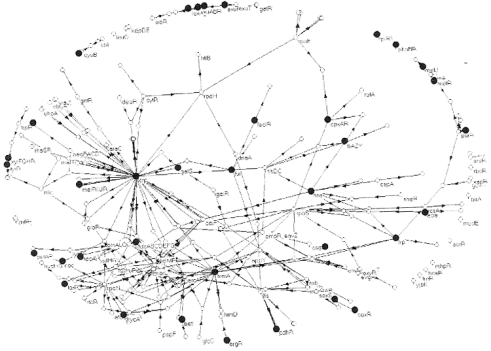



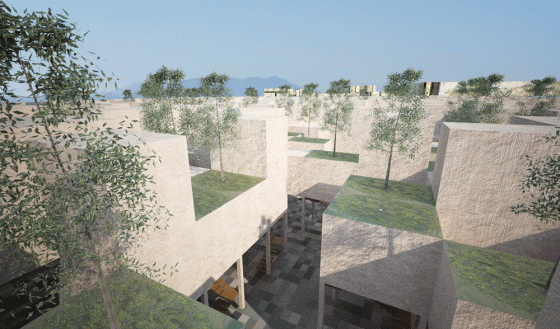
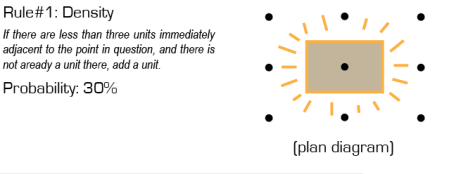
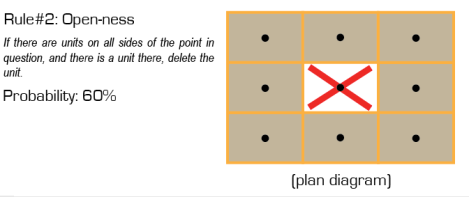

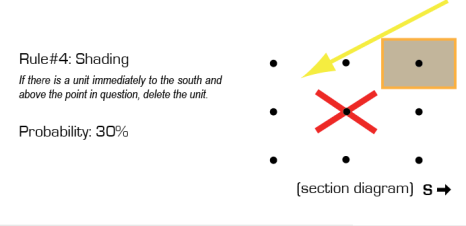
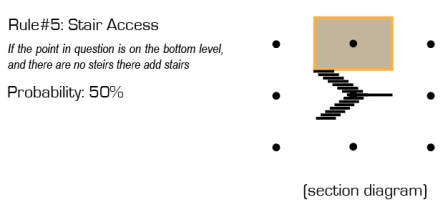







 Chris Chalmers is a student of the Master of Architecture program at California College of the Arts in San Francisco. He is currently in his third year and researching self-organizing systems and computation in architecture.
Chris Chalmers is a student of the Master of Architecture program at California College of the Arts in San Francisco. He is currently in his third year and researching self-organizing systems and computation in architecture.
Recent Comments